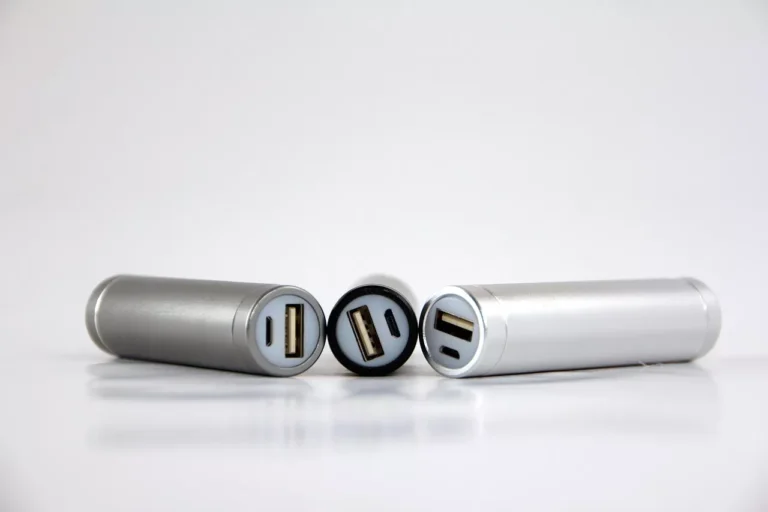
Daanaa Unveils Breakthrough Power Conversion Technology: Real-Time Programmable, Ultra-High Voltage Power Transaction Unit
In a bold leap forward in power electronics innovation, Daanaa Resolution Inc., a Vancouver-based leader in advanced power system architecture and design, has officially announced the release of its Power Transaction Unit (PTU) — a groundbreaking solution that redefines the way power conversion is approached in modern energy systems.
The PTU is not just another power converter. It represents a paradigm shift in efficiency, adaptability, and scalability for Original Equipment Manufacturers (OEMs) operating in dynamic and power-intensive sectors such as automotive, solar energy, energy storage, high-performance computing, and industrial applications. What sets this device apart is its unique combination of real-time programmability, ultra-high voltage conversion ratio, and multimodal operation, all encapsulated within a compact, highly efficient module.
Addressing the Growing Demand for Smarter Energy Conversion
As global energy demands continue to rise—driven by widespread electrification of vehicles, the proliferation of data centers powered by AI, and the expanding integration of renewable energy—so too does the need for smarter and more adaptable power conversion technology. The challenge is substantial: renewable energy sources like solar panels and batteries typically produce low-voltage DC outputs (often below 4V), while most applications demand stable high-voltage AC or DC power (ranging from 12V to 800V or more). Traditional approaches rely on complex multi-stage power conversion systems that are inefficient, prone to losses, and costly to manage and maintain.
Daanaa’s PTU was designed specifically to solve this problem. With an exceptional voltage conversion ratio exceeding 110x, the PTU efficiently bridges the gap between low-voltage inputs and high-voltage outputs—either AC or DC—without the need for multiple intermediary stages. This innovation not only reduces component count and physical footprint but also delivers superior conversion efficiency of over 95% across a one-decade operating range.
Compact Yet Powerful: The Core Benefits of the PTU

The PTU is a marvel of modern engineering, packing an array of critical features into a small, scalable footprint. Here’s how it transforms power conversion:
1. Superior Efficiency
At the heart of the PTU’s appeal is its ability to convert power with exceptional efficiency. Through real-time programmable control, the PTU dynamically adjusts output voltage and phase, ensuring optimal performance under varying operating conditions. In solar applications, for instance, its integrated Maximum Power Point Tracking (MPPT) continuously adapts to sunlight fluctuations, extracting maximum energy from photovoltaic modules—even in shaded or partially cloudy environments.
2. Adaptability and Smart Control
The PTU offers unparalleled adaptability, capable of operating bidirectionally and supporting both AC and DC modes. It can respond in real-time to changes in battery State of Charge (SOC) or State of Health (SOH), ensuring reliable power delivery across a range of battery chemistries and configurations. Multiple PTUs can be deployed in parallel, enabling dynamic load balancing and distributed energy management. This modularity gives engineers and system designers immense flexibility to scale and customize solutions without sacrificing performance or efficiency.
3. Built-In Resilience and Diagnostics
Each PTU is equipped with advanced monitoring and diagnostic capabilities that help pinpoint issues quickly, allowing for rapid fault isolation and reduced downtime. When deployed in parallel configurations, PTUs add redundancy to a system, making it inherently more fault-tolerant and resilient to single-point failures.
4. Streamlined Engineering and System Design
Because the PTU eliminates the need for traditional multi-stage conversion, it simplifies engineering workflows significantly. Fewer components mean lower bill of materials (BOM), reduced system complexity, and faster time-to-market for OEMs. Its compact design saves physical space, while its programmability simplifies both integration and long-term maintenance.
5. Operational and Supply Chain Efficiency
The PTU’s single-step conversion architecture not only reduces engineering overhead but also optimizes inventory management and the broader supply chain. By consolidating multiple power functions into a single unit, Daanaa’s PTU simplifies procurement, assembly, and servicing processes—resulting in cost savings and operational efficiencies across the board.
Real-World Applications: Solar, Automotive, and Beyond
To showcase the PTU’s versatility, Daanaa is offering a hands-on development system for OEMs and researchers interested in exploring its potential in various domains, including Building-Integrated Photovoltaics (BIPV), Vehicle-Integrated Photovoltaics (VIPV), and Energy Storage Systems (ESS).
Solar Integration: Optimizing BIPV and VIPV
In traditional photovoltaic systems—especially those integrated into building facades or vehicles—engineers face numerous challenges. Irregular panel surfaces, dynamic shading from nearby objects or architecture, and temperature fluctuations make it difficult to maintain consistent energy production.
Daanaa’s PTU addresses these challenges through a short-cell substring approach, which allows for fine-grained control of small panel segments. Each substring is independently optimized via ultra-fast MPPT, maximizing energy capture even when only parts of the panel are shaded. This enables superior energy yield, even in environments where traditional string inverters would falter.
The PTU’s real-time reconfigurability allows users to fine-tune output voltages and waveforms dynamically, ensuring seamless integration with loads or storage systems—even as conditions change minute by minute.
Enhancing EV and ESS Performance
In electric vehicles, the PTU has demonstrated impressive benefits. By improving the efficiency of energy delivery from the battery to the motor and auxiliary systems, the PTU can extend driving range by up to 10%. In addition, it can boost motor power output by more than 40% and reduce charging time by over 50%—all without changing the underlying battery cell count.
For energy storage systems, this means faster charge/discharge cycles, more accurate state monitoring, and longer battery lifespan—all of which contribute to better total cost of ownership (TCO) for operators and users alike.
Development Kit and Evaluation Tools
To accelerate adoption and facilitate product integration, Daanaa offers a comprehensive PTU development kit. The enclosed evaluation module features user-friendly connectors for input and output integration with solar panels, batteries, or grid systems. It accepts a low-voltage DC input (ranging from 3V to 6.7V) and can output either 380V–800V DC or 240V AC depending on programmable settings.
This plug-and-play system allows engineers to immediately begin testing PTU capabilities in real-world environments, streamlining the path from evaluation to deployment.
A Word from the CEO
“We’re seeing growing interest from both traditional and non-traditional sectors—especially in solar and energy storage applications that are struggling with the limitations of current technologies,” said Udi Daon, CEO of Daanaa Resolution. “Our PTU is opening new doors for BIPV, VIPV, and ESS applications. By offering real-time configurability and unmatched efficiency, we’re not just optimizing power systems—we’re redefining them.”










